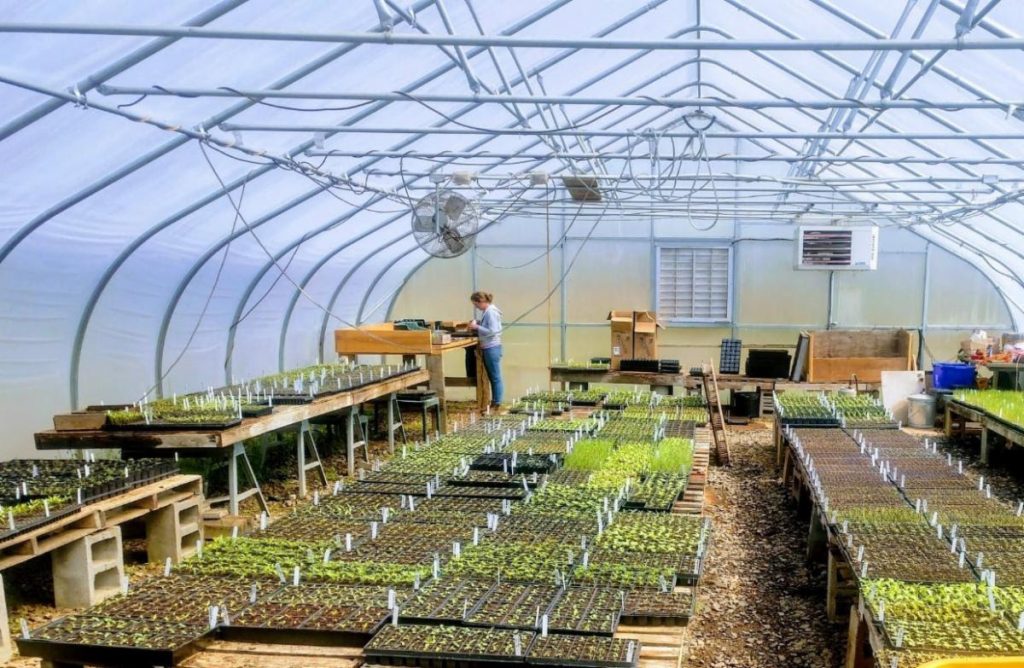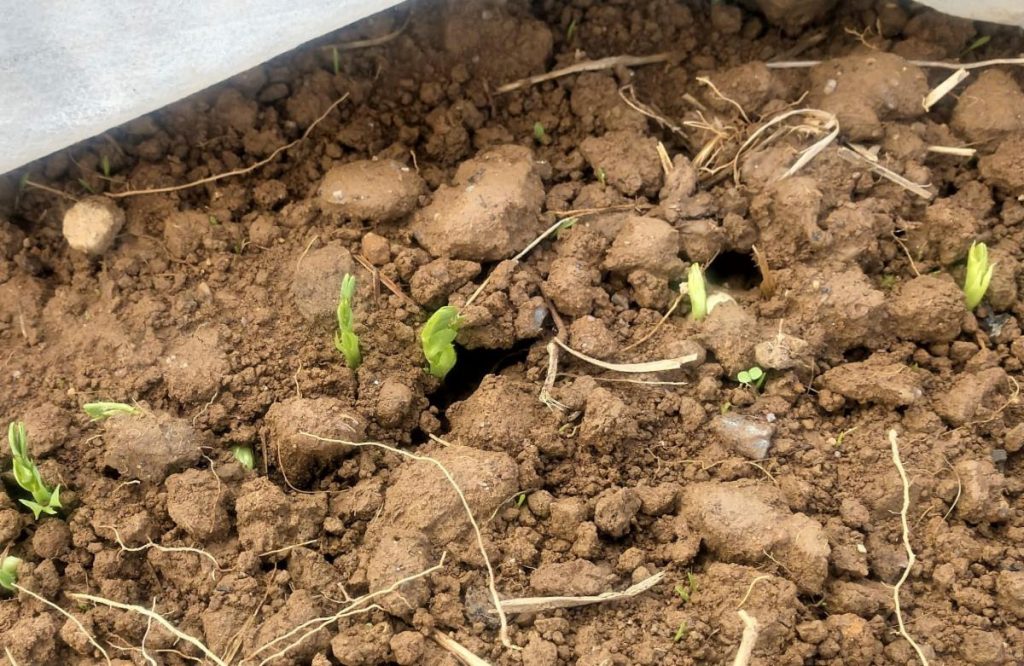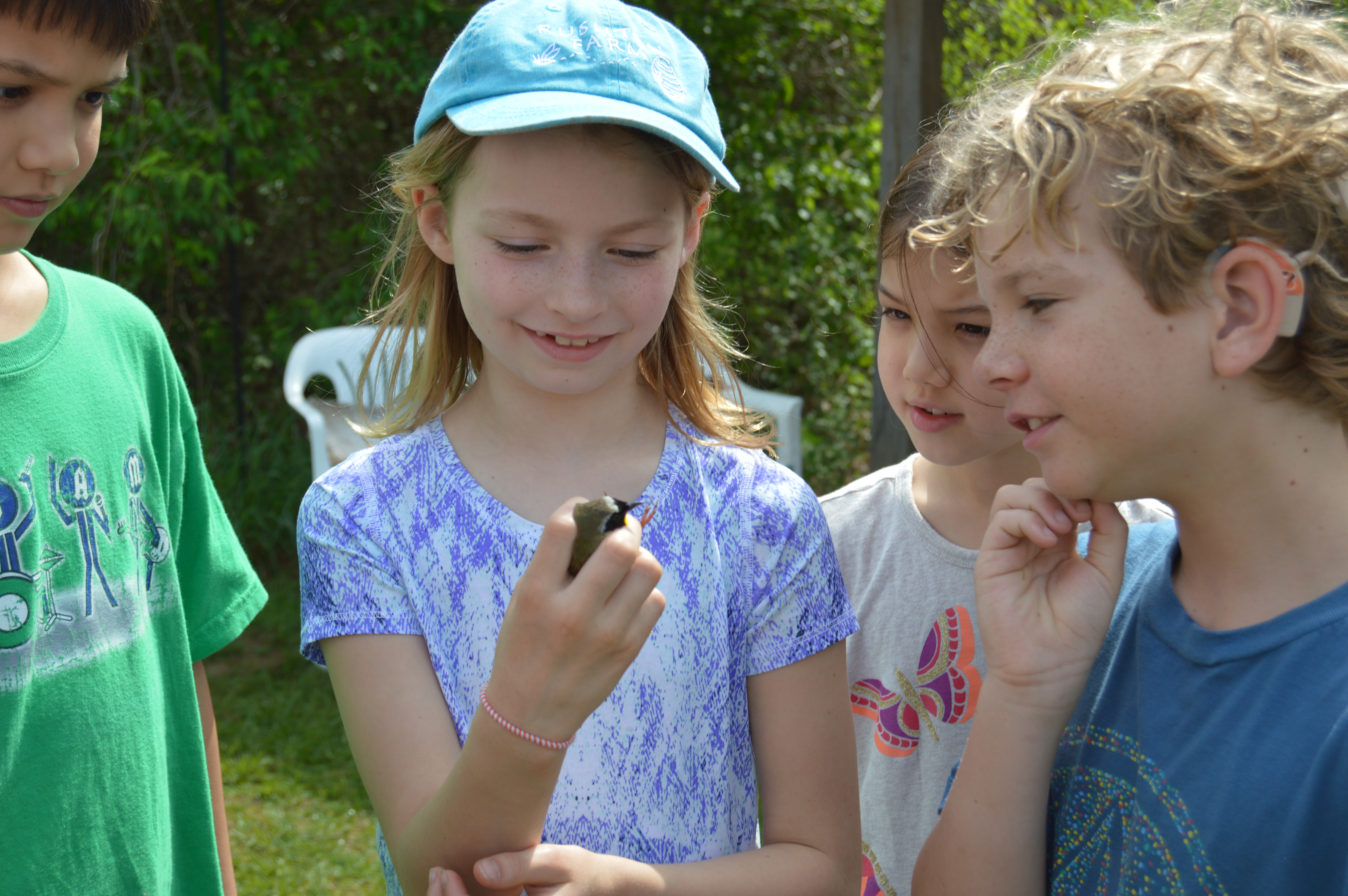(Excerpt from The Wild Carrot, April 3, 2020, a weekly newsletter from staff to Rushton Farm CSA members.)

Plants want to live. It is a simple statement said to a 17-year-old teen named Freddy de Long when he forgot to turn on the fans in a greenhouse on a warm spring day. The greenhouse manager had walked in to find 40,000 seedlings in various stages of wilt in a 120-degree atmosphere. Freddy was summoned from the field and was apoplectic at the sight. Sure that he had ruined the season he apologized deeply and prepared to pack up his things and head home. That is when Marley, the greenhouse manager, said, “Relax Freddy, plants want to live. Turn on the fans, soak them with water, and don’t ever let it (expletive) happen again”. I watered and it worked, the plants were revived. What looked like the end of a season was the beginning of a great one as the revived plants made for a very productive season.
I have been thinking of that experience as we enter a new season at an uncertain time. Over 30,000 plants are growing in the greenhouse as we plant the first peas in the field. The garlic in the field looks great as the first carrots break through the cool soil. Lettuce, greens, broccoli and cabbage stretch as they prepare their trip from greenhouse to soil next week. It is a time of rebirth and the sight of it all is calming in this stressful period. It revives your spirit and makes you appreciate life around you.
I say all of this because Molly, Noah and I are thinking of our Rushton family as we work to grow food for the upcoming season. Our CSA members and Rushton Farm volunteers are deeply missed and we look forward to the end of May and the start of the season when we once again can gather and share in a glorious season of food, friends, and family. We all want to live as we lived before. It will take some time, but soon we will be sharing the bounty of Rushton Farm as a community. Until then we will be sharing what is going on at Rushton Farm through our weekly edition of The Wild Carrot every Tuesday. I hope that this will help our community share in the farm experience as the farm awakens and a new season is born.
Summer is coming.
-Fred




























